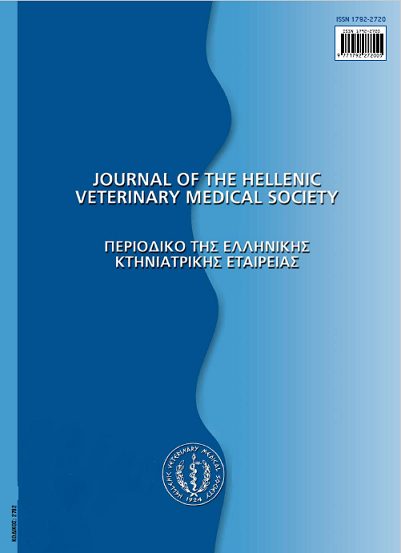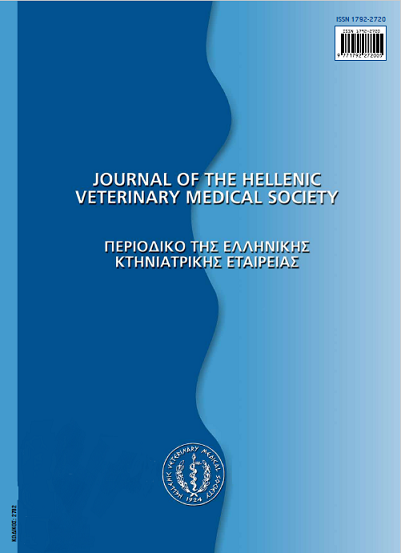Genetic structure and diversity among three Greek sheep breeds using Random Amplified Polymorphic DNA-PCR
Abstract
Genetic structure and diversity of 120 animals from three Greek local breeds were investigated by Random Amplified Polymorphic DNA (RAPD) - PCR method. Sheep samples originated from the Lesvos, Chios and Karagouniko breeds were treated with 11 random primers to estimate their genetic diversity and phylogenetic relationships. Our analysis comprised two levels of the breeds' genetic structure: i) the genetic differentiation among the three breeds and ii) the genetic differentiation among the flocks within each breed. This combined approach gave two main findings: i) the study of genetic distances and identity revealed that the Karagouniko sheep breed is genetically distinct from Chios (GD=0.1979) and Lesvos (GD=0.1691) breeds, while ii) the Chios and Lesvos breeds are genetically similar (GI=0.9631); half of the flocks of Lesvos have a relatively closer relationship with those of Chios than with the other Lesvos flocks. This is the first study that reports the close genetic relationship between the Chios and Lesvos breeds and gives strong evidence to hypotheses about their related origin. Furthermore, the study of polymorphic loci revealed particular indicators located in Karagouniko breed, as definitional datum of genetic identity or as a fingerprint of breed. Therefore, RAPD-DNA methods can be an efficient tool for the determination of phylogenetic relationships and genetic identity among the bloodstock breed of sheep.
Article Details
- Come citare
-
MASTRANESTASIS (Ι. ΜΑΣΤΡΑΝΕΣΤΑΣΗΣ) I., LIGDA (Χρ. ΛΙΓΔΑ) C., THEODOROU (Κ. ΘΕΟΔΩΡΟΥ) K., & EKATERINIADOU (Λ.Β. ΑΙΚΑΤΕΡΙΝΙΑΔΟΥ) L. V. (2017). Genetic structure and diversity among three Greek sheep breeds using Random Amplified Polymorphic DNA-PCR. Journal of the Hellenic Veterinary Medical Society, 62(4), 301–313. https://doi.org/10.12681/jhvms.14860
- Fascicolo
- V. 62 N. 4 (2011)
- Sezione
- Research Articles
Authors who publish with this journal agree to the following terms:
· Authors retain copyright and grant the journal right of first publication with the work simultaneously licensed under a Creative Commons Attribution Non-Commercial License that allows others to share the work with an acknowledgement of the work's authorship and initial publication in this journal.
· Authors are able to enter into separate, additional contractual arrangements for the non-exclusive distribution of the journal's published version of the work (e.g. post it to an institutional repository or publish it in a book), with an acknowledgement of its initial publication in this journal.
· Authors are permitted and encouraged to post their work online (preferably in institutional repositories or on their website) prior to and during the submission process, as it can lead to productive exchanges, as well as earlier and greater citation of published work.






